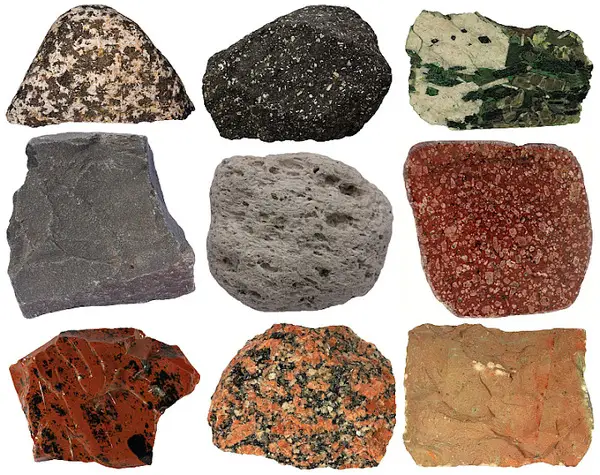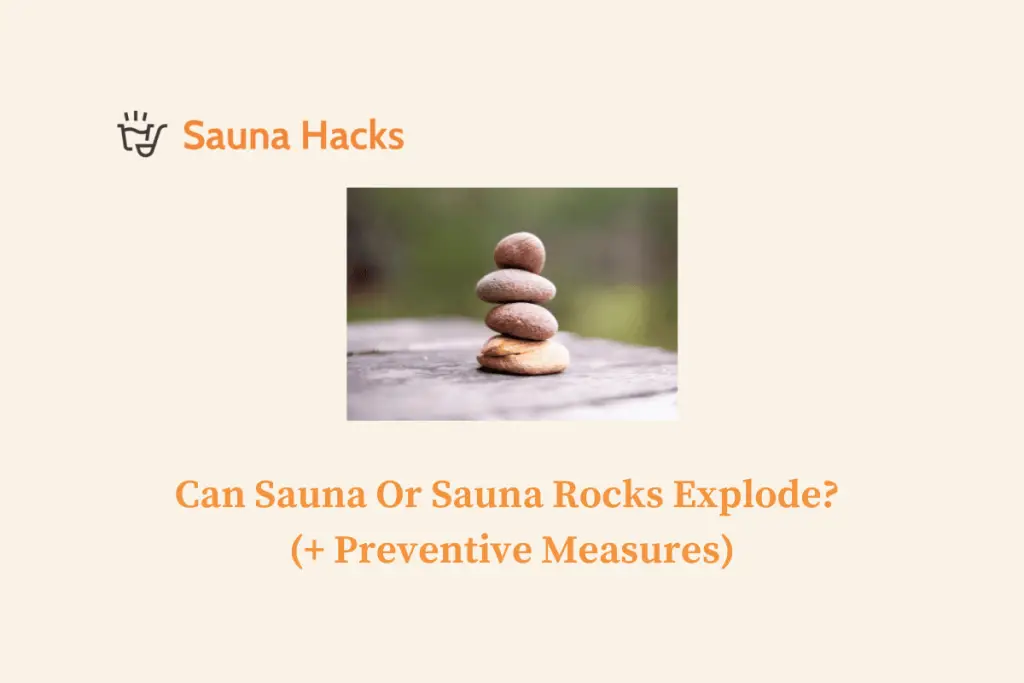Saunas have been cherished for centuries for their therapeutic benefits and relaxing properties. The key component that makes a sauna truly effective is the choice of sauna rocks. Selecting the right rocks is crucial to ensure a safe and enjoyable sauna experience. In this comprehensive guide, we will delve into the factors to consider when choosing sauna rocks, how to prepare them for first-time use, and essential safety measures to keep in mind.
Choosing the right sauna rocks requires careful consideration of their type, size, and safety features. Igneous rocks, particularly those dense and non-porous, are the most suitable for saunas. Examples of such rocks include Basalt, Granite, Gabro, Peridotite, and Olivine. It is essential to test the rocks for density to avoid any potential hazards, as using the wrong type of rock can lead to explosions when exposed to high heat. Furthermore, the size and arrangement of the rocks inside the sauna heater play a crucial role in maximizing heating efficiency and steam generation.
Preparing sauna rocks for first-time use is an essential step to ensure optimal performance and longevity. Whether you gather rocks from your garden or purchase them, it’s vital to clean them thoroughly before placing them inside the heater. Regular maintenance and replacement of the rocks are essential, depending on the frequency of sauna usage. By following these guidelines and understanding the importance of selecting suitable sauna rocks, you can create a sauna experience that is both rejuvenating and safe.
Table of Contents
- Choosing the Sauna Rocks
- How to Prepare Sauna Rocks for First-Time Use
- How Often Do Sauna Rocks Need to Be Replaced?
- How Much Water Should You Splash on Sauna Heater Rocks?
- FAQs
- Conclusion
Choosing the Sauna Rocks
To choose the best rocks for your sauna, you need to consider:
- The type of rocks
- The size of the rocks
- How safe they are to use
Let’s take a deep dive into each option.
1. Type of Rock
Rock researchers group rocks into 3 types – igneous, sedimentary, and metamorphic. Igneous is most suitable for a sauna. It is made from cooled magma and lava. And it’s the oldest rock on Earth.
Examples of igneous rocks are Basalt, Granite, Gabro, Peridotite, Olivine, Vulcanite, etc.

(Image source: sandatlas.org)
That said, not all igneous rocks are suitable for the sauna. For instance, Pumice and Obsidian are not dense enough to hold heat. So make sure you pick the non-porous, dense ones.
You can carry out a small experiment to determine if a rock is dense enough. Use a hammer or drop the rock on a hard floor. If it breaks or chips away then the rock isn’t dense enough. It could explode when you start heating it (more on this later).
2. Size of Rock
It’s a good idea to get a variety of sizes – small, medium and large. You can place the large ones at the bottom and the medium ones at the top. Small rocks can be used to fill in gaps. But if finding a variety of rocks is difficult, then just get medium-sized rocks.
Make sure you don’t spread the rocks too sparsely. The water will run down without soaking the rocks. But also don’t arrange them too tightly. You would still have a hard time soaking the rocks.
3. Safety Issues
Not all rocks are suitable for a sauna. Using the wrong type of rock can lead to an explosion. So while you can collect sauna rocks from your garden and public parks, be very careful. To make sure that the rocks can withstand heat, here are a few tests you can perform:
- Scratch it with your nails. A good rock will not chip away.
- Drop it on a hard floor. A good rock will not break.
- Throw it into the fire, heat it thoroughly, and then plunge it into cold water. A good rock will not crack.
How to Prepare Sauna Rocks for First-Time Use
To prepare sauna rocks for first-time use, follow the steps below:
Step 1: Buy or gather rocks from your garden or city park (with permission). The rocks you bought can be placed straight into the heater unless instructed otherwise. But the rocks you gathered have to be cleaned first.
Step 2: Place the rocks in the heater. If you arrange it too tightly, you risk overheating the heater. But if you arrange it too loosely, water will pass through quickly and you would have a hard time soaking the rocks.
How Often Do Sauna Rocks Need to Be Replaced?
Depending on how often you use the rocks, you may need to replace the rocks every few months or once a year. If you are a regular user (3-4 times a week), consider replacing the rocks every 4 months. But if you use the rocks once a week, replacing them once a year should be enough.
How Much Water Should You Splash on Sauna Heater Rocks?
FAQs
Do You Need Special Rocks for a Sauna?
Yes, you do need special rocks for a sauna. Regular rocks can crack or even explode when exposed to high temperatures. Sauna rocks are specifically chosen for their ability to withstand high heat and their ability to retain heat for a long time.
How Do You Pick Sauna Rocks?
When selecting sauna rocks, you want to choose rocks that are dense and have a high heat capacity. This means that they can absorb heat and then release it slowly, creating a consistent and comfortable heat in the sauna. Look for rocks that are at least fist-sized and have a rough surface to create more steam when water is poured on them.
Where to Buy Sauna Rocks?
Sauna rocks can be purchased at many home improvement stores, sauna supply stores, or online retailers. Look for rocks that are specifically labeled as sauna rocks or heater stones to ensure they are suitable for use in a sauna. Make sure to purchase enough rocks to fill your sauna heater to the recommended level.
Conclusion
Selecting the right sauna rocks is an essential aspect of creating a safe and effective sauna experience. To maximize the benefits of your sauna, consider the type and density of the rocks. Opt for igneous rocks like Basalt or Granite, which can withstand high heat and efficiently produce steam. Additionally, arrange the rocks in a way that allows for optimal water absorption without flooding the heater.
Remember to conduct necessary safety tests to ensure the rocks can handle the sauna’s extreme conditions without causing any harm. Proper preparation of sauna rocks for first-time use is crucial to create a long-lasting and enjoyable sauna experience. Regular maintenance and replacement of rocks will ensure that your sauna continues to provide the soothing and therapeutic effects you seek. By following these guidelines, you can confidently choose sauna rocks that enhance your sauna sessions and contribute to your overall well-being.


